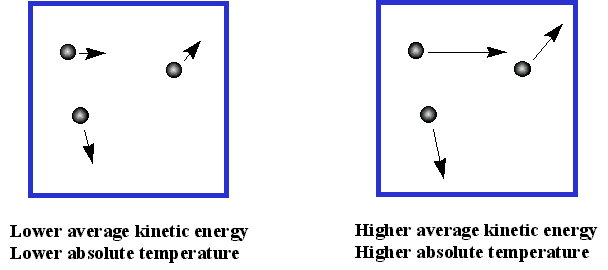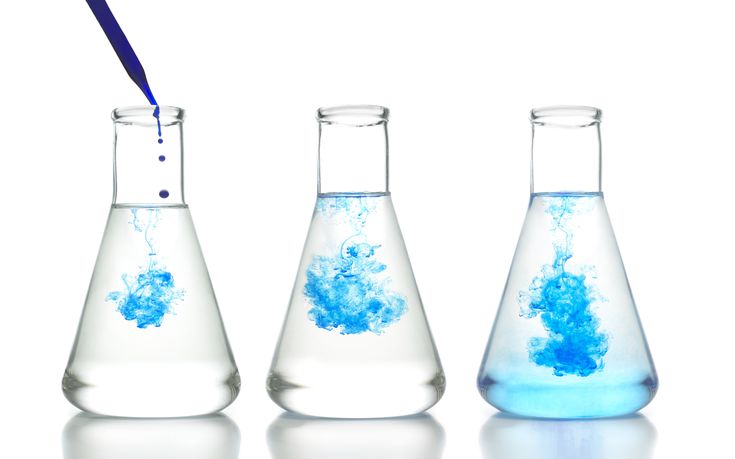The kinetic molecular theory describes the microscopic properties of atoms or molecules and their interactions that would further bring up macroscopic properties that include volume, pressure and temperature. This theory is important with a view to explaining the existence of substances in three different states (solid, liquid and gaseous). Also, it explains the behavior of substances when they traverse amidst these phases.
Essential aspects of the kinetic molecular theory
- Matter is composed of constantly moving particles.
- All particles carry energy. However, this energy is dependent on the temperature of the sample; the matter is a part of. This is also a determinant for the state of matter (i.e. solid, liquid or gas). Molecules in the solid state hold the least energy while the level of energy is greater for the gases and liquids.
- The average kinetic energy of a substance could be measured with its temperature.
- When the energy of these particles changes, there is likely to be a change in the phase.
- There are spaces among particles of matter. The average empty space that prevails between these molecules tends to get larger as the substance moves from its solid state to the gaseous or liquid state.
- There are attractive forces that operate among atoms or molecules these tend to get stronger as the particles get closer to one another. These forces are termed as intermolecular forces.
Basic assumptions of the Kinetic Molecular Theory of Gases

It was since the late 19th century that scientists began relating the atomic theory to individual atoms and molecules. There are several important assumptions and aspects that the scientists made out to explain the macroscopic behavior of the molecule. Here are some of the major ones:
- In comparison of the volume of the gas, the volume that is occupied by an individual particle is negligible.
- The particles that belong to ideal gases tend to create no attractive forces for the elements around.
- The particles are said to be constantly in the state of random motion unless they collide with one another, moving in straight line.
- These collisions exhibited by gas particles are known to be completely elastic. When two particles collide, total kinetic energy is said to be conserved.
- The average kinetic energy held by a gas particle is said to be directly proportional to the exiting temperature. This means that molecular motion would be ceased if the temperature is reduced to zero.
Diffusion

The kinetic molecular theory is also known to be illustrated well by the process of diffusion. Diffusion could be defined as the movement of particles from higher to lower concentration. It could also be described as spreading out the particles to distribute them evenly. Diffusing a drop of food coloring into a transparent container filled with water will let you have the best visual representation of the process. The color slowly dispenses and mixes into water. If matter were not made up of particles, you would have seen a clump of color in the water.
